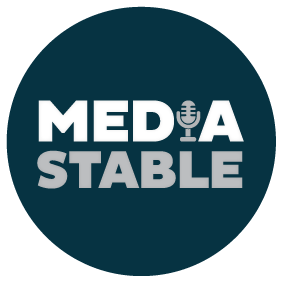Brian Stevens – Real Estate Business
Founder & CEO of MyBrix
Could co-ownership enable a new generation of home owners?
The dream of home ownership seems more like a mirage in 2024.
While government stimulus during the pandemic set off a housing boom, a lack of skilled workers, available land and soaring interest rates meant supply was never going to meet demand.
Now the average cost of a home is seemingly out of reach for many young Australians in their lifetime.
What we need is a fresh approach and shift when it comes to the concept of sole ownership. Collaborative models like co-ownership, cooperatives and fractional ownership provide viable alternatives to traditional sole ownership, and in some parts of the world, like Scandinavia, up to 30 per cent of housing is co-op based.
Co-ownership is the sharing of ownership in an asset between one individual or group and another individual or group – each owns a percentage of the asset. These options allow individuals to pool resources, share costs and experience the benefits of property investment without bearing the full burden alone.
Fractional ownership – the Scandanavian method – allows multiple individuals to collectively own an interest in a property. This approach opens a world of possibilities, enabling aspiring home owners and investors to enter the real estate market with less capital and greater flexibility.
But in Australia, we don’t have a co-ownership model that opens up the market, and in fact the current legal structure “Tenants in Common”, creates more issues than it solves. For example, where interests are held disproportionate to contributions made, or loan repayments, maintenance and other expenses. Additionally, the use and development of the property and the entitlement to profits are also likely causes of disputes.
But it wasn’t always this way – in the late 19th century, Australia had a system for housing cooperatives. The best-known example was the Starr-Bowkett Society, a cooperative, non-profit financial institution that provided interest-free loans to its members and operated on the principle of mutual self-help. These societies enabled members to jointly save and pool resources, then access interest-free or low-interest loans to afford the purchase of homes or other properties.
Starr-Bowkett societies were a hidden gem in the world of cooperative finance, offering a unique approach to savings and lending that empowered individuals and strengthened communities.
One of the key advantages of Starr-Bowkett societies was their ability to leverage the collective buying power of their members. By pooling resources and contributions from individual members, these societies negotiated better deals, secured favourable loan terms, and accessed properties that may have been out of reach for individual buyers.
Using the technology of today, we can reinvent the principles of mutual self-help and reinvigorate cooperative home ownership.
If we start with say 20 like-minded individuals to collectively purchase 20 properties over a period of 10 years by pooling their financial resources. Over that period, each person will be able to purchase a house or apartment with each of the others initially owning an interest in the property until those interests are repurchased by the owner.
Imagine 20 people enjoy the benefits of property ownership without bearing the entire burden alone, without a bank involved or any interest payments to a bank.
A new fractional co-op model could also bring an array of social and networking benefits, a community of like-minded co-owners, sharing experiences, knowledge, and the joys of property ownership. Are we game to try it?
Brian Stevens is the founder of MyBrix.
